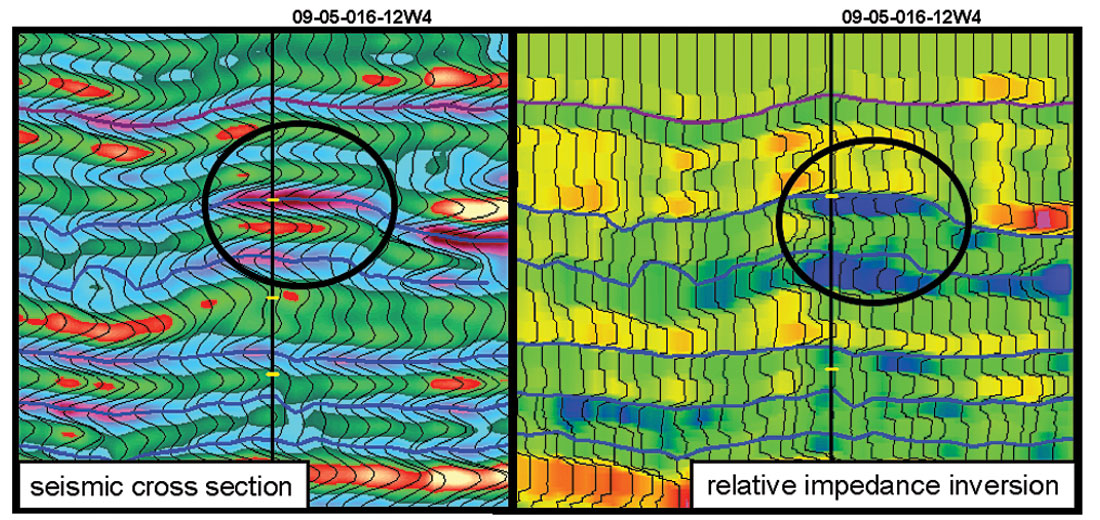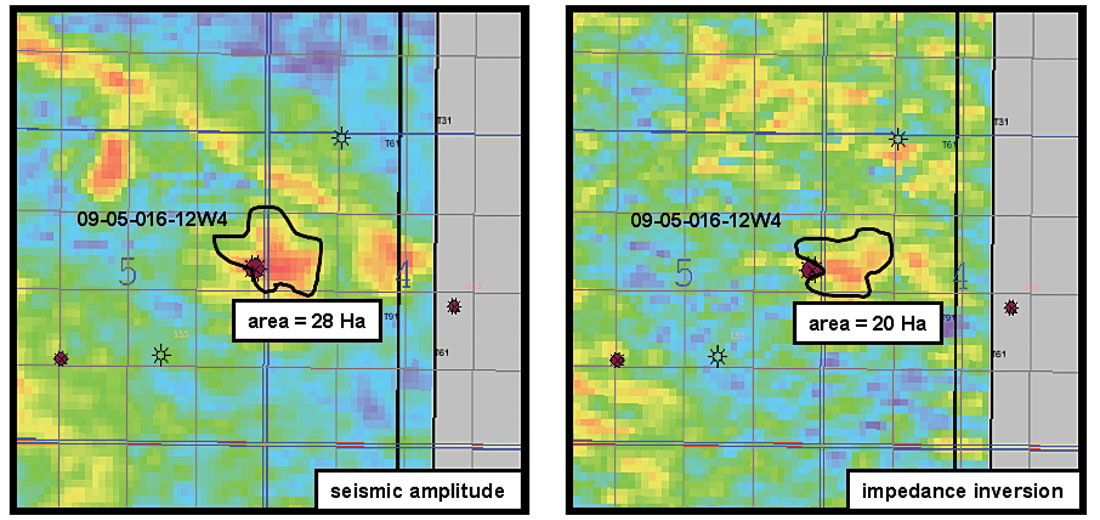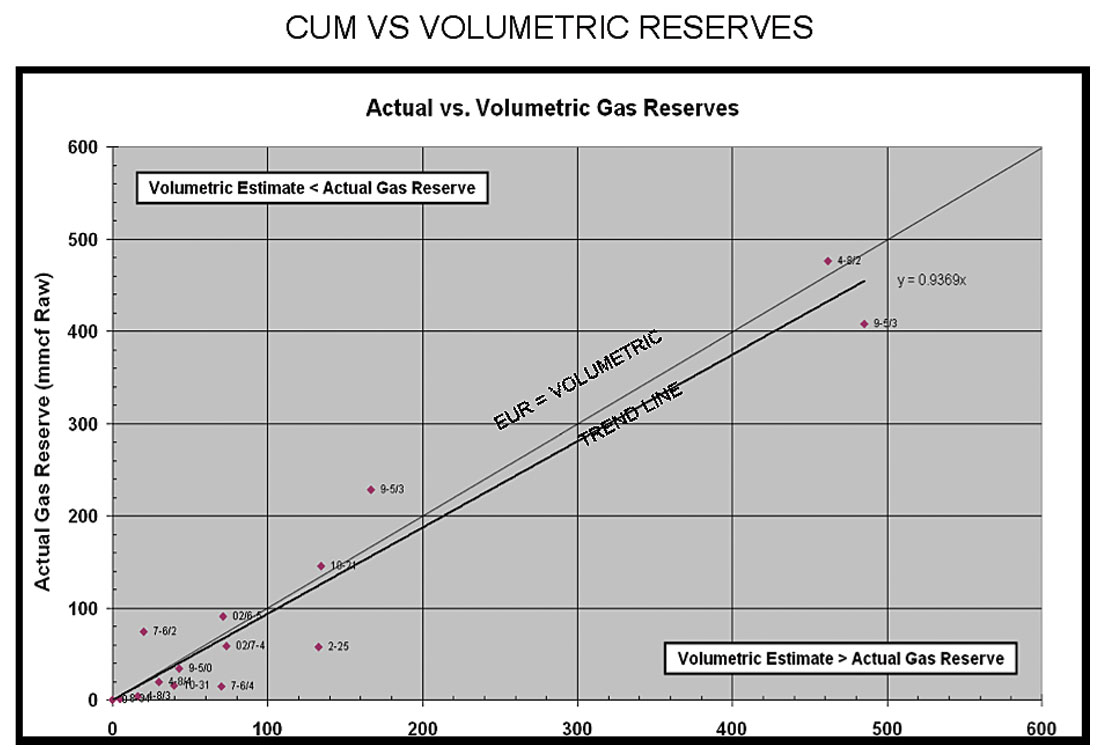You know, I have always enjoyed my career path. One of my simplest pleasures has been derived from the fact that few individuals know what we geophysicists do, even fewer know how to pronounce it. That has always made my job mysterious. I get called a geologist most of the time, and take great pains to describe how we use indirect measurements to examine rocks while our counterparts need to touch, scratch, and smell them. The analogy takes on astronaut-to-caveman proportions depending on how entertaining I feel like being at the time. The reality though is that there has been convergence between the two disciplines; I now spend as much time looking at core as my geologic partners spend sitting with me in front of the interpretation workstation. In other words, the debate over superiority is no longer fun or fashionable. Send in the Engineers.
Many of the Engineers I have worked with can be described simply: they are Killjoys. They take a perfectly good play concept and painstakingly transform it on paper into an economic failure. Who do they think they are? Well the correct answer is if they aren’t my manager, they will be soon. One thing I have learned in 18 years is to be kind to those that have power. Being an Engineer equals power. So how do we make them happy and thereby get closer to the action? Well I have a couple of thoughts about that.
I recall four years ago when I reviewed a yearly expenditure list for a development group I was involved with. There were some usual costs in my column for shooting new 3D, reprocessing some seismic data, and a tomography test. It was a pretty good year for spending, until I saw a line item in the reservoir engineering column for Micro-seismic studies that dwarfed my budget. In a later meeting this was pointed out to me by a senior manager who asked what kind of involvement I had in the project. I had to be honest and say I didn’t even know what the study was about or where. I couldn’t even visualize what kind of experiment it would be. Embarrassed, I read the detailed study of our production area where Micro-seismic was being used to determine the orientation, length, and height of fracture stimulations on shallow gas wells. I began to look for phenomenon in the 3D data to corroborate the findings. I believe that even today we are just at the very beginning of understanding how we can take localized engineering information and integrate it into prediction maps from 3D volumes. Obviously this is a great area of growth for Geophysicists, since there is a tremendous buy in from the engineering community.
The second thought is one that I will discuss in a bit more detail and that is the concept of calibration. Engineers love statistics; they are experts with all kinds of graphs and charts. Some excellent work was done in a second development that looked at the predicted reserve size pre-drill to the actual/expected ultimate reserves (EUR). The study looked at a group of several hundred wells that were drilled in the past 10 years for deeper targets. The results were interesting in how consistent the relationship was between the two numbers: on average the reserve size from geophysics was 40% greater than the EUR. Now the first question I would have liked to answer was “why”, but the engineers were not too concerned. They had already incorporated the fudge factor into their calculations. Again this would be fine if you are talking about large reserves, large targets , but as we look for smaller prizes, pretty much everything gets close to uneconomic quickly. I won’t go into the details here of the “why”, only to say that I have spent the past couple of years striving to remove the bias and getting our Engineers to believe in the numbers.

This summer I did an experiment with a geophysics graduate, Grace Ma (thanks Grace) where I asked her to independently investigate an area that had 3D coverage and a number of producing Viking gas wells. The experiment involved picking aerial extents of 12 pools using seismic amplitude and relative acoustic impedance (Figure 1). Grace found that the amplitude anomaly areas tended to be larger than the impedance areas, and as such she used the average of the two for her pool size (Figure 2). This information was then passed to our geologist who created a theoretical recoverable reserve using pay thickness, saturation, etc. Simultaneously, our Engineer reviewed these pools and came up with the EUR for each. The results (Figure 3) show that we made a pretty decent match, albeit that the trend line suggest that our volumetric estimates still tend to be greater than actual by about 6%. This is pretty good news to the engineers, because they can see that we are trying to make their numbers more accurate, and open up even smaller anomalies for exploitation.

Finally, I believe that the interaction between the Geophysical and Engineering disciplines will continue to increase rapidly. We need to brush up on our skills in Geomechanics and use statistics to prove the validity of our volumetric estimates. The real challenge is to engage Engineers in visualizing the pools they are working with. In doing so, they become more comfortable with the risks and the opportunities that exist.












Join the Conversation
Interested in starting, or contributing to a conversation about an article or issue of the RECORDER? Join our CSEG LinkedIn Group.
Share This Article